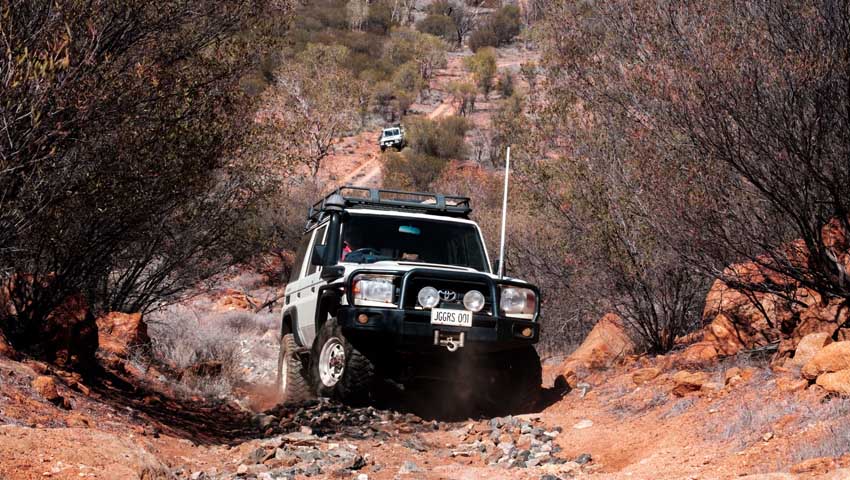Personnel of the US Air Force Detachment 421 carry out an interesting task – maintaining “seismic array”. Situated in the remote outback of central Australia, the troops watch for signs of earthquakes, tsunamis and nuclear explosions.
To continue reading the rest of this article, please log in.
Create free account to get unlimited news articles and more!
The 709th Technical Maintenance Squadron Detachment 421 can remotely detect the detonation of nuclear bombs.
The seismic array they operate is made up of 20 individual sensors spread over 100 square kilometres, which act like microphones in the bedrock to detect vibrations in the earth. The data collected on site is sent stateside, to the Air Force Technical Applications Center at Patrick Air Force Base, Florida.
“We’re basically the first points of the chain when a nuclear event happens,” said Master Sergeant Jonathon Beedham, Detachment 421 chief. “If there was a man-made event or a natural event, such as an earthquake, those signals travel through the earth and are received by seismometers around the world. That data goes back to a central location and is analysed to provide an accurate time and location of the source.”
The unit also partners with Geoscience Australia to provide data for early warning tsunami systems across the Pacific. When undersea earthquakes are detected by the detachment, Geoscience Australia forwards the information on to the Joint Australia Tsunami Warning Centre to assess its potential threat. Although there are several seismic arrays operated and maintained around the globe, the terrain in central Australia makes for ideal conditions.
“The unique thing about Alice Springs is we are so remote. We are essentially an island in the middle of an island,” said Technical Sergeant Andrew Bryan, Det 421 noncommissioned officer in charge of maintenance. “We’re thousands of miles from any major city.”
This benefits the unit, insofar as they do not have to deal with issues of background noise pollution caused by development or urban life. Together with shallow geological conditions around the area, this makes for an optimal listening environment.
“In Alice Springs the bedrock is really close to the surface of the Earth,” said Tech Sgt Bryan.
“We don’t have to dig that deep to get into solid bedrock and having that acts as a giant microphone for everything going on in the earth. It gives us high fidelity on what we are seeing underground.”

 Login
Login






